EGYTPOLOGY: The mysterious burial practices in Ancient Egypt - Part #1
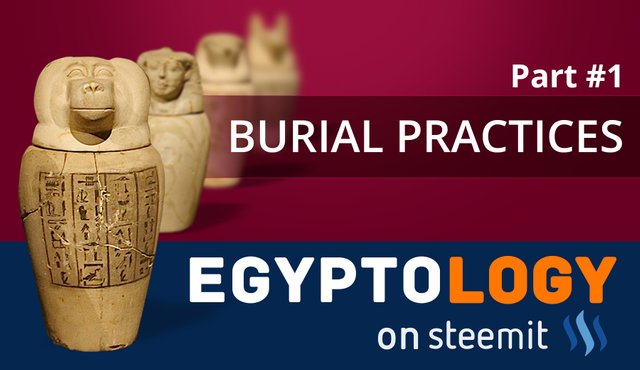
Paving the way to the afterlife
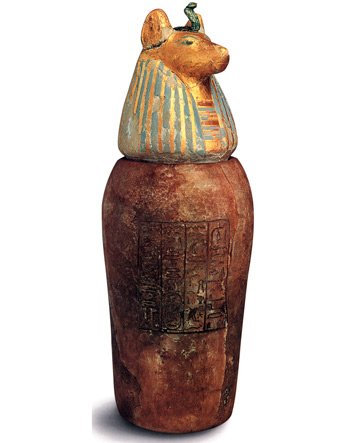
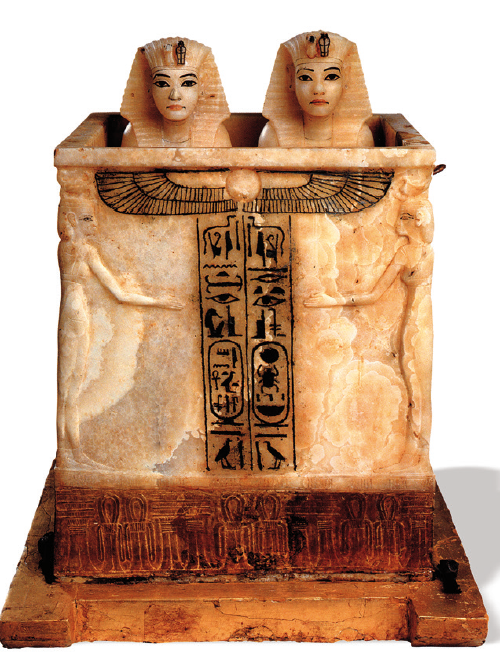
Image 2: Canopic box of the tomb of Tutankhamun
During the mummification process the intestines had to be removed in order to dry out the body well and avoid decomposition in the tomb. But in the mind of the Ancient Egyptians they could only enter the afterlife with a complete body. So they preserved 4 organs in that special way. These 4 organs were: the lungs, the liver, the stomach and the gut.
And these organs were spiritually connected with the four sons of the God Horus and with four protecting Goddesses:
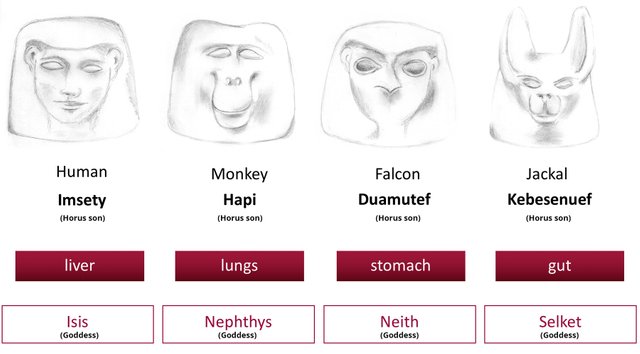
Image 3: Organs in the canopic jars, connected with Gods and Goddesses
Sometimes the organs were just put into the canopic jars and then these vessels were sealed with bitumen (a natural black viscous liquid), or the organs themselves were mummified like a body and placed into coffin-like boxes. Later in the graeco-roman period the habit of using canopic jars decreased and often we find only "false jars" made of limestone or other materials with no organs inside.
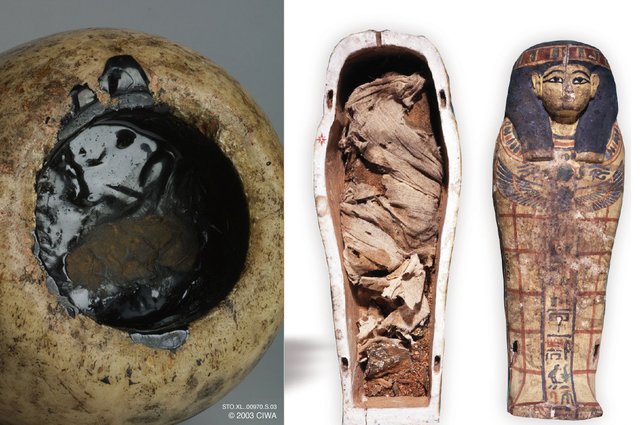
Image 4 (left): Bitumen in a canopic jar / Image 5 (right): Inner organs mummified in a small coffin
The heart
The heart was the place of the feeling and thinking.
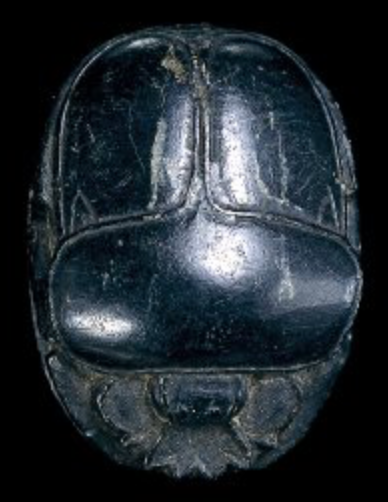
The brain
The brain was not so important for the people of Ancient Egypt. They supposed the heart to be the place of the soul. So, if you find a jar with a brain it is either a forgery or you maybe discovered the trashcan. ;) The brain was removed in earlier times through the nose or later by drilling a hole into the skull from behind. This last technique was at first not known by the Egyptologists, so when they discovered a cavity in the head of Tutankhamun after x-ray-scanning they thought to have found out the cause of his death. But this was a mistake. We still don’t know exactly why Tutankhamun died so early in his life. Some experts think it was a chariot accident or multiple organ failure through various deseases, but definitely not an injury of the skull.
The Ba and the Ka
The soul of the Ancient Egyptians were made of at least to parts: the Ba and the Ka. The Ka was the fixed part of the soul that had to be nourished and is written with the hieroglyph 𓂓. That’s why there are a lot wallpaintings in Egypt depicting food offerings to the Ka. The Ba was the movable part of the soul that accompanied the sun God Ra on his journey through the day. In the night the Ba came back to the dead person and reunited with the Ka.
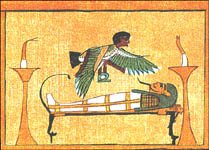
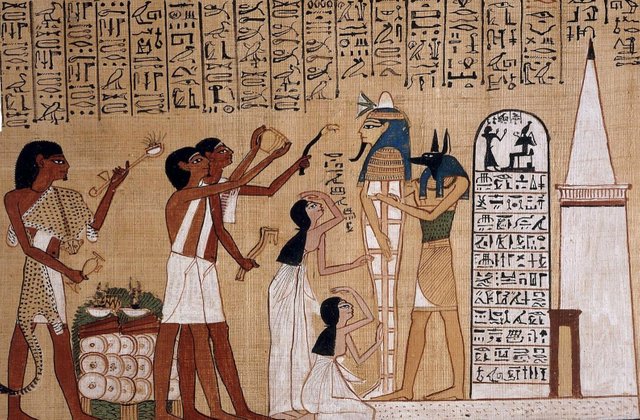
Image 8: Part of the famous papyrus "Hunefer" depicting the mouth opening ritual. On display in the British Museum EA9901,5
Sources:
1 Martin, Karl, in: Lexikon der Ägyptologie III, 1980, Col. 315–319, s.v. Kanopen.
2 Dodson, Aidan/ Ikram, Salima, The Mummy in Ancient Egypt. Equipping the Dead for Eternity, London 1998.
3 Dodson, Aidan, The Canopic Equipment oft he Kings of Egypt, London 1994.
4 Ceremony of mouth opening: http://www.ucl.ac.uk/museums-static/digitalegypt/religion/wpr.html
5 Ba-bird: https://mcclungmuseum.utk.edu/1993/11/01/ba-bird/
Images:
Image used in the editorial picture: Source
Image 1: Tiradritti, Francesco / Luca, Araldo de, Die Schatzkammer Ägyptens. Die berühmte Sammlung des Ägyptischen Museums in Kairo, München 2000, p. 308.
Image 2: Tiradritti, Francesco / Luca, Araldo de, Die Schatzkammer Ägyptens. Die berühmte Sammlung des Ägyptischen Museums in Kairo, München 2000, p. 227.
Image 3: my own drawing and graphic
Image 4: Source
Image 5: Source
Image 6: Source
Image 7: Source
Image 8: Source

If you liked this article, please follow me on my blog @laylahsophia. I am a german Egyptologist and write about ancient and contemporary Egypt, history of science, philosophy and life.
Egypt has kept a million mysteries, since the stone age until now thousands of archaeological sites have not been open to mystery despite thousands of archaeologists, I still want to know a lot about King Firan, Namruz, Cleopatra and many more.
Thank you, you have a little portal open the veil of mystery that had made me want to know, hopefully everyone can benefit from this posting.
You are welcome!
mysterious........just added to my knowledge the culture of Egypt......thanks for sharing
My pleasure!
Nice post...it is really mystryous..
How old these scluptures are!
Thank you. The age of the objects vary from 5000 years to "only" 2000 years. ;)
Congratulations @laylahsophia, this post is the second most rewarded post (based on pending payouts) in the last 12 hours written by a User account holder (accounts that hold between 0.1 and 1.0 Mega Vests). The total number of posts by User account holders during this period was 1168 and the total pending payments to posts in this category was $1815.41. To see the full list of highest paid posts across all accounts categories, click here.
If you do not wish to receive these messages in future, please reply stop to this comment.